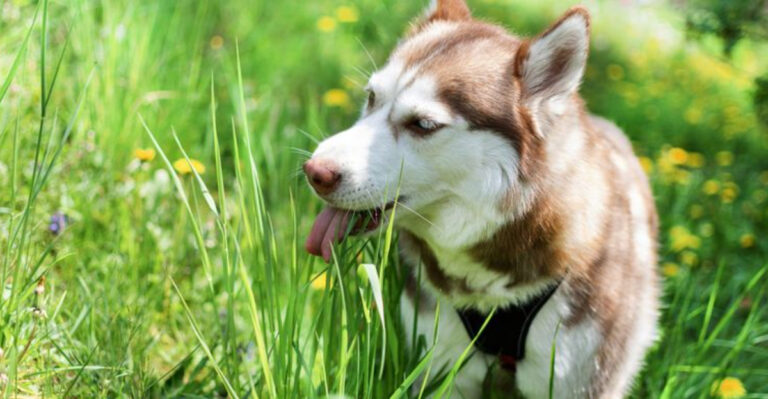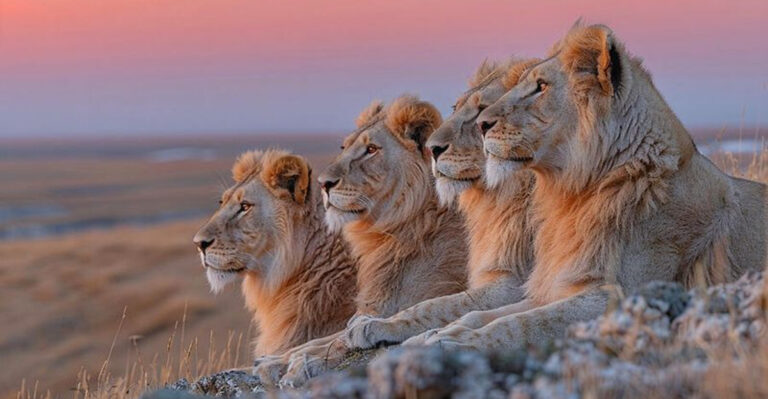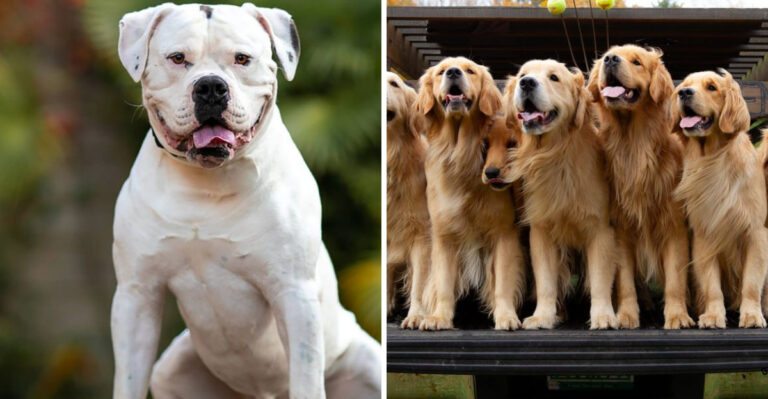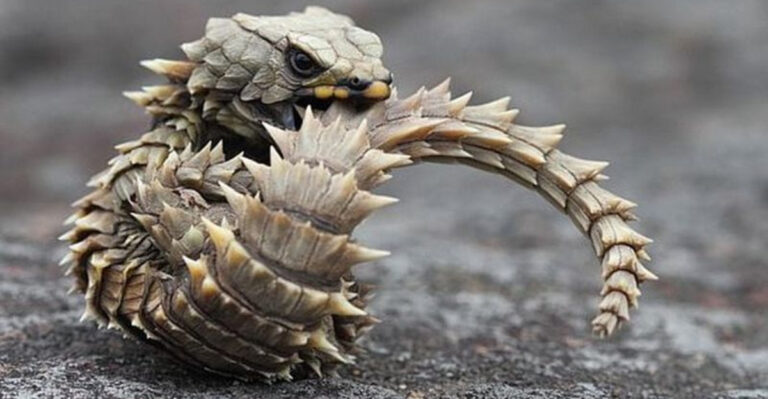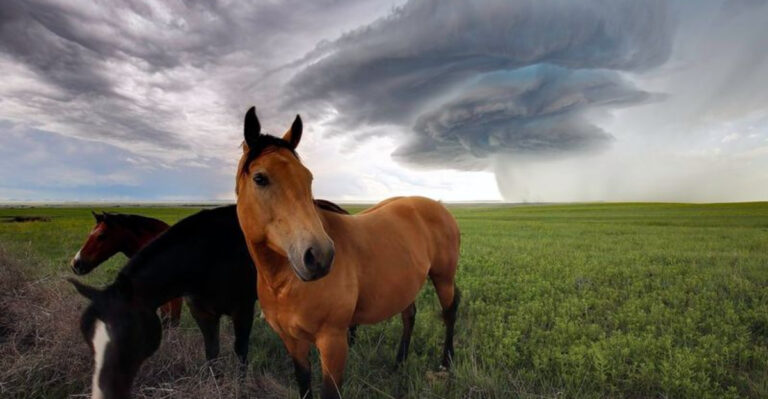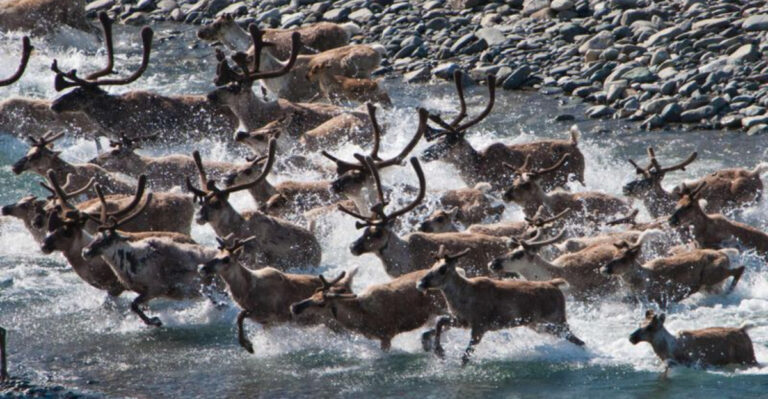7 Gorgeous Basset Hound Coat Colors That Will Steal Your Heart
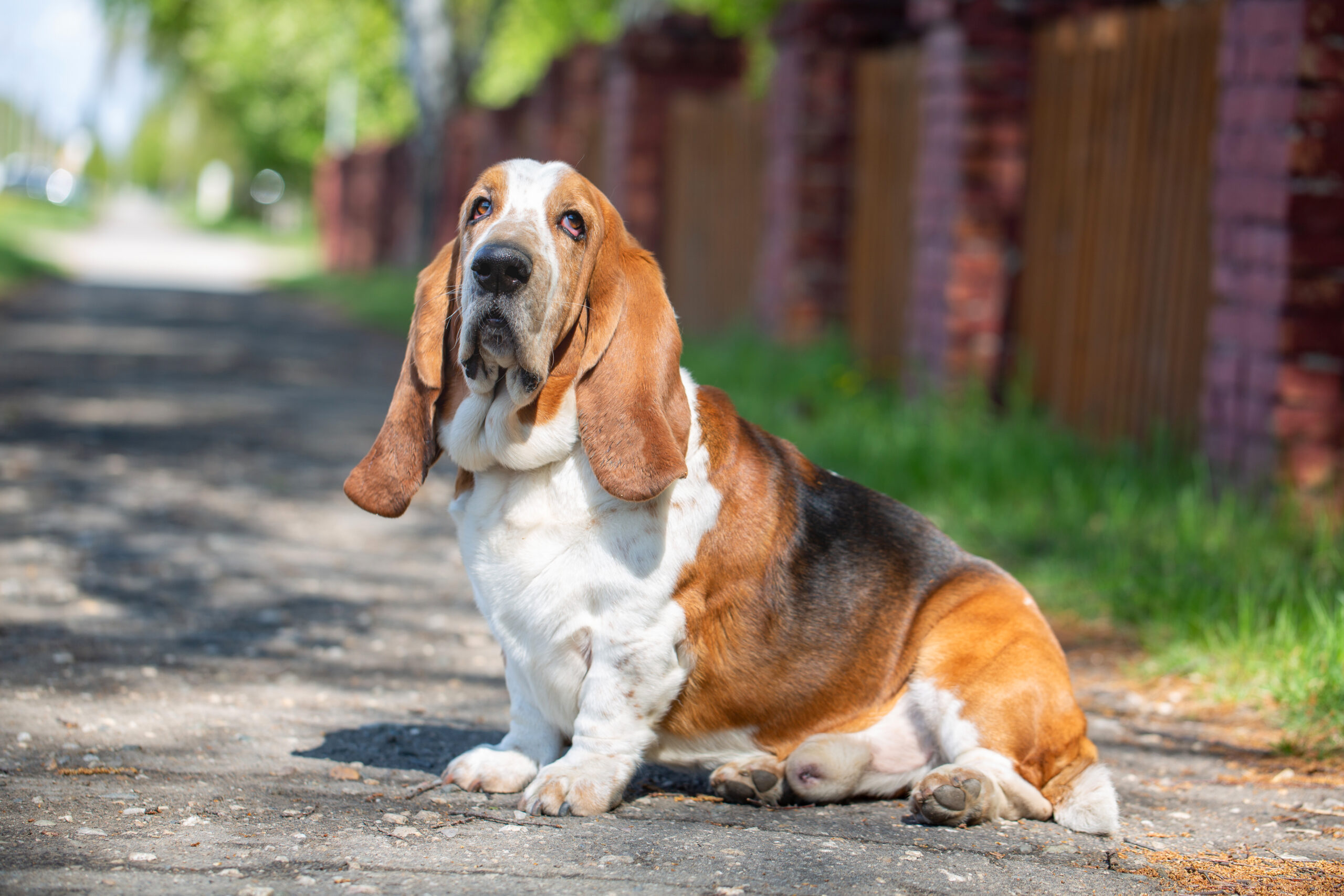
Basset Hounds are not only known for their droopy ears and soulful eyes but also for their stunning assortment of coat colors.
Each hue tells a distinctive story and captures different elements of charm. This list will take you through captivating coat colors!
1. Fawn & White
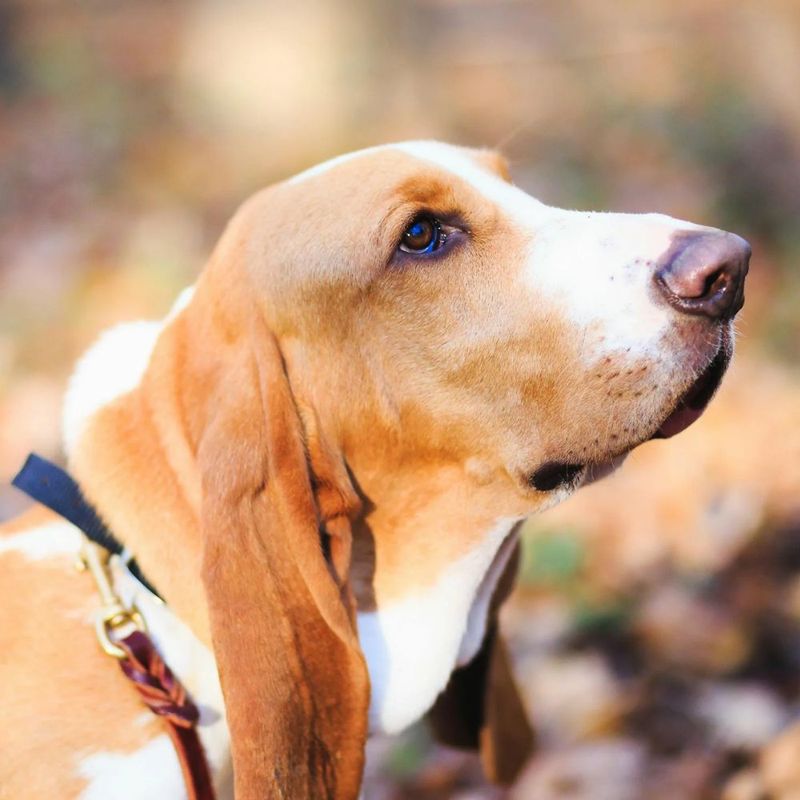
Could there be a more harmonious color duo than fawn and white? This classic combination is as timeless as a black-and-white movie.
The gentle fawn patches seem to drape lazily over the pure white, creating an elegant, soft contrast. It’s a color blend that exudes a sense of calm and warmth.
Imagine a Basset with a fawn saddle and white socks; it’s like a cuddly teddy bear come to life! These colors often highlight the Basset’s friendly and affectionate nature.
2. Blue
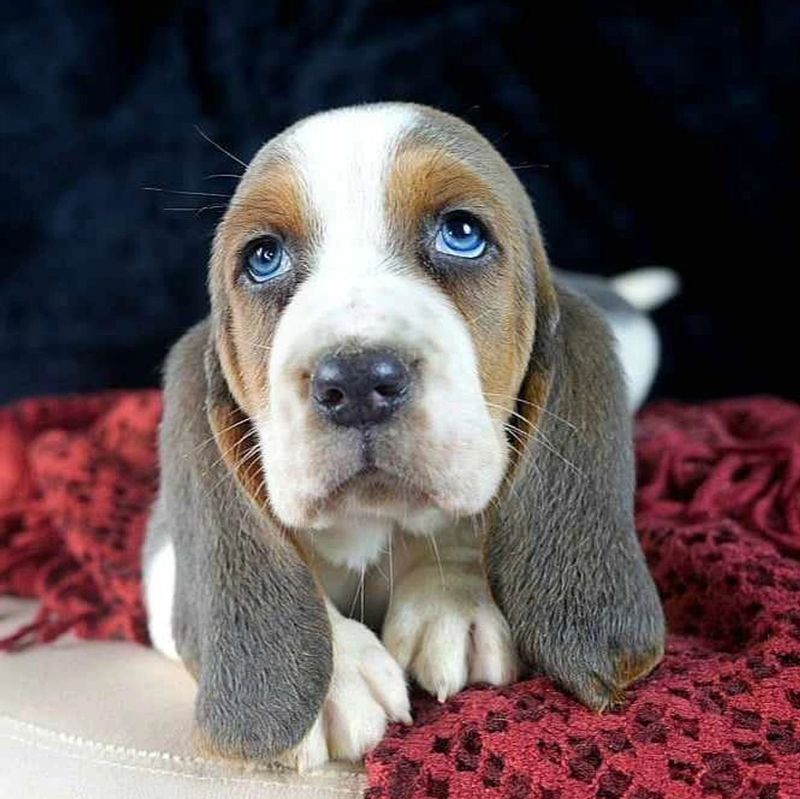
Blue might not be the color you’d expect on a Basset, but it’s a showstopper! This rare hue gives the dog a mysterious aura, like a twilight sky.
Combining a bluish-gray tinge, the coat gives off an almost ethereal feel. Think of it as a fashionable gray suit, perfect for any occasion.
It’s not just about looks; blue Bassets often come with a personality that’s both unique and endearing, making them unforgettable companions.
3. Chocolate & White
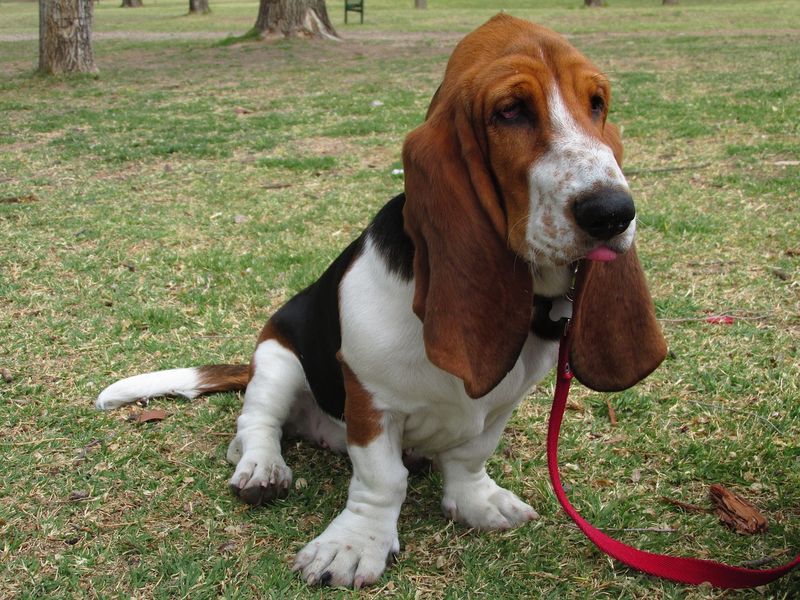
Chocolate and white is a deliciously appealing coat color that might just make you crave dessert!
The deep chocolate patches contrast with the bright white, like a rich chocolate swirl in a vanilla ice cream. It’s a treat for the eyes!
These colors can highlight the Basset’s playful and loving demeanor, reminding you of a sweet indulgence. Imagine this coat color shimmering in the sunlight; it’s a visual delight that promises to capture hearts.
4. Red & White
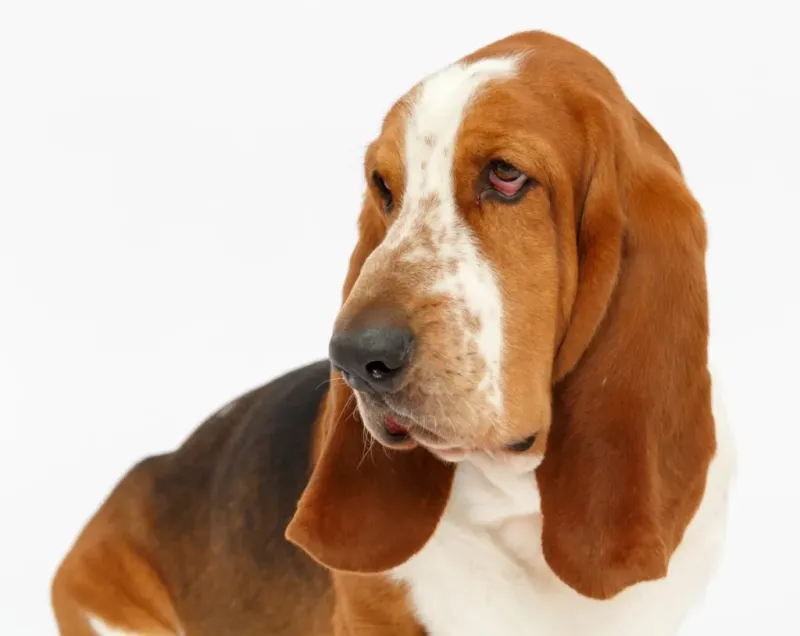
Red and white form a coat that’s as vibrant as a summer sunset! The striking red patches against a snowy white create a bold, eye-catching look.
It’s a color combo that celebrates the Basset’s lively spirit and zest for life.
The fiery red tones bring out the dog’s playful side, while the white adds a touch of grace and elegance. This color pattern is sure to stand out in any crowd!
5. Tri Color
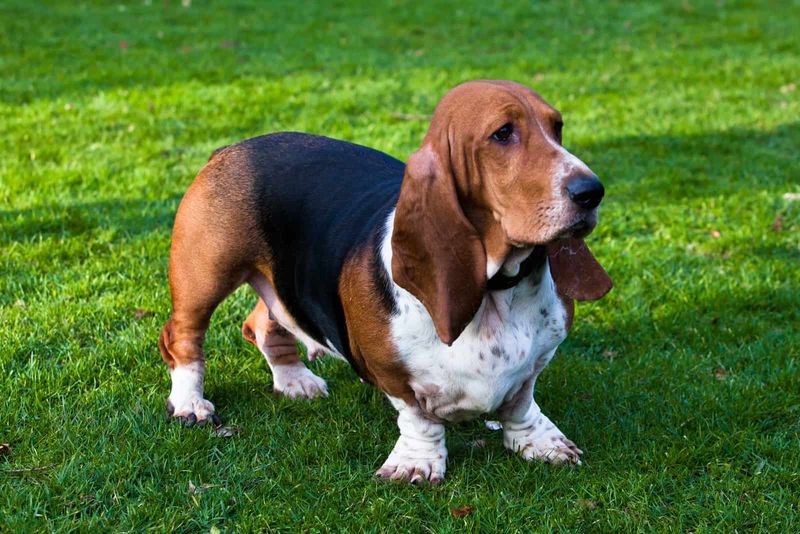
Tri-color Bassets are like walking pieces of art, showcasing a beautiful blend of black, white, and tan. Each dog is uniquely patterned, much like a painter’s palette.
The black provides depth, the white offers purity, and the tan adds warmth.
It’s a delightful mix that mirrors the Basset’s multifaceted personality. With this coat, every day feels like a new masterpiece waiting to be admired.
6. Lemon & White
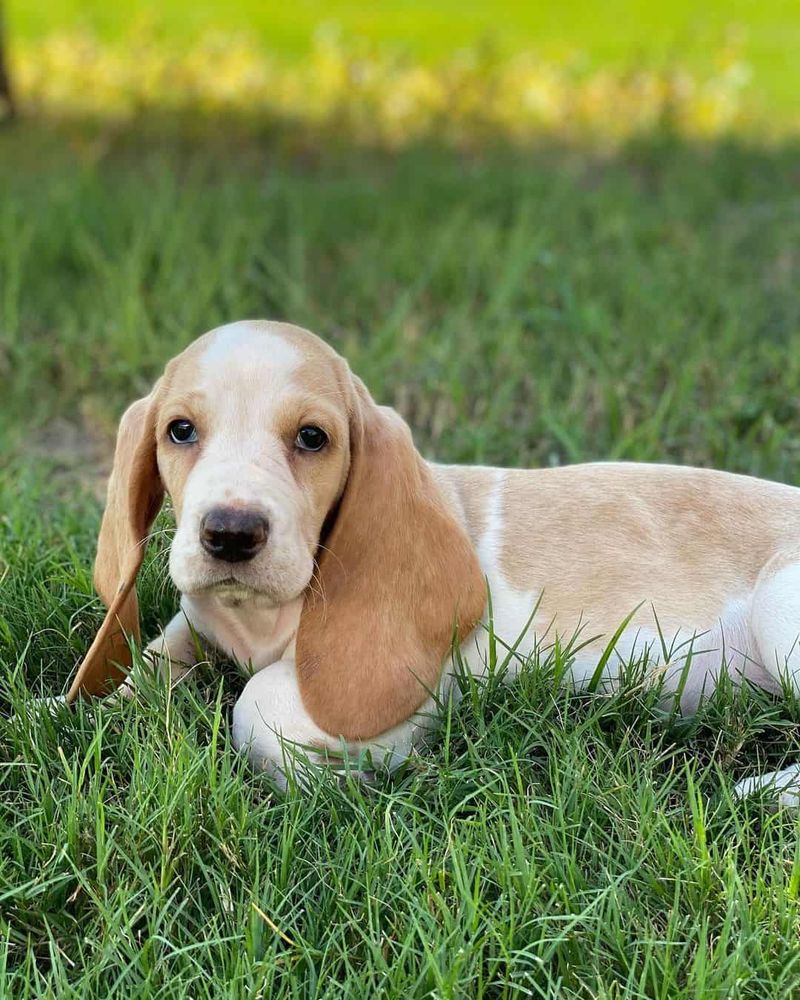
Lemon and white is a light and breezy coat color, perfect for those who love a touch of sunshine! The soft pale yellow against crisp white is reminiscent of a sunny day.
This color palette is as cheerful as a fresh lemonade on a hot summer’s day.
It highlights the Basset’s gentle and mellow temperament, making it a beloved choice among those who appreciate elegance with a dash of fun.
7. Black & White
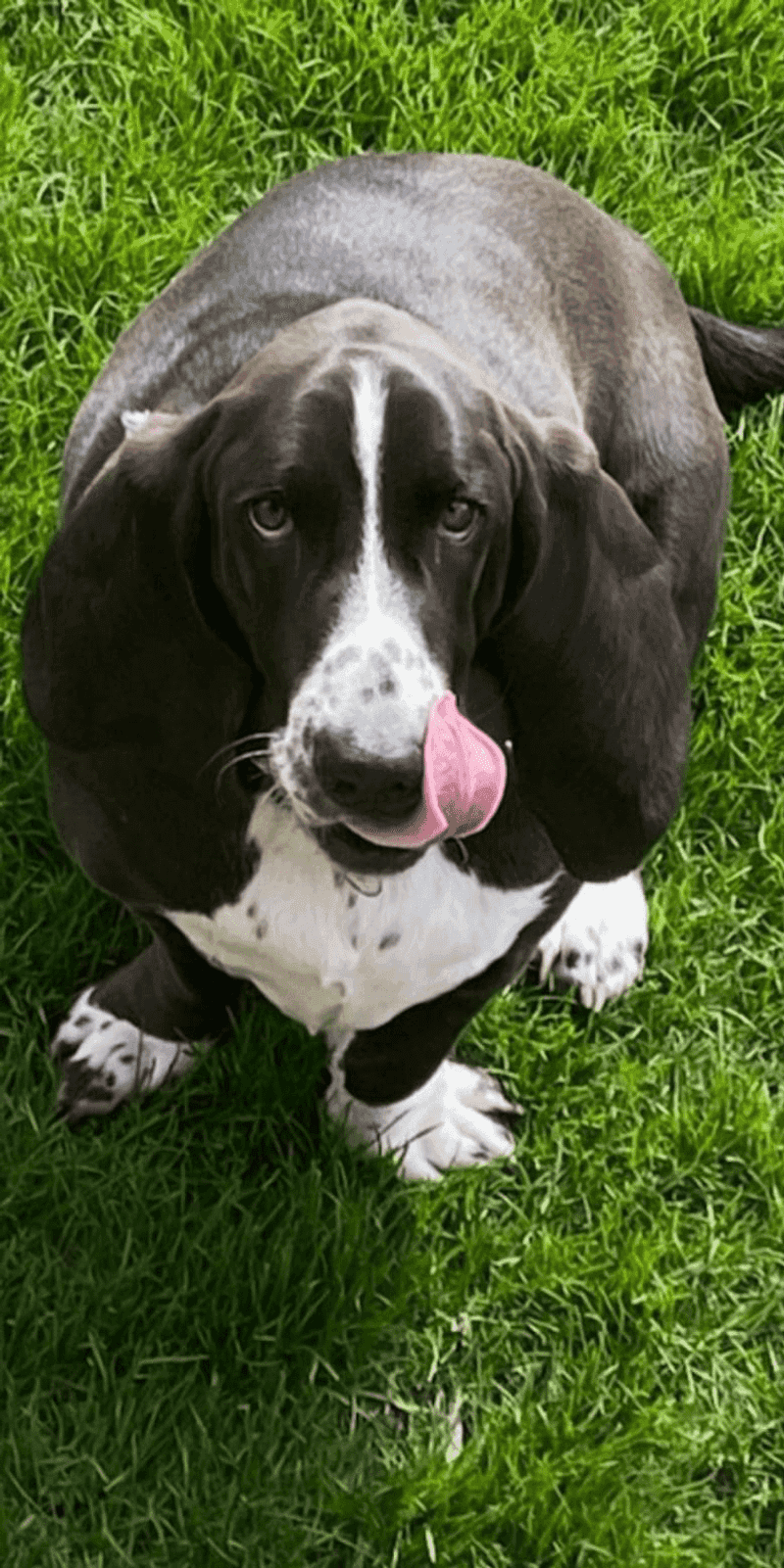
Black and white is a classic and timeless combination that never goes out of style. This striking contrast is as elegant as a tuxedo at a grand event.
The bold black patches against pristine white create a sophisticated look that commands attention.
It’s a color pattern that resonates with the Basset’s dignified yet friendly personality. A black and white Basset is like a work of art, effortlessly capturing the essence of beauty.

